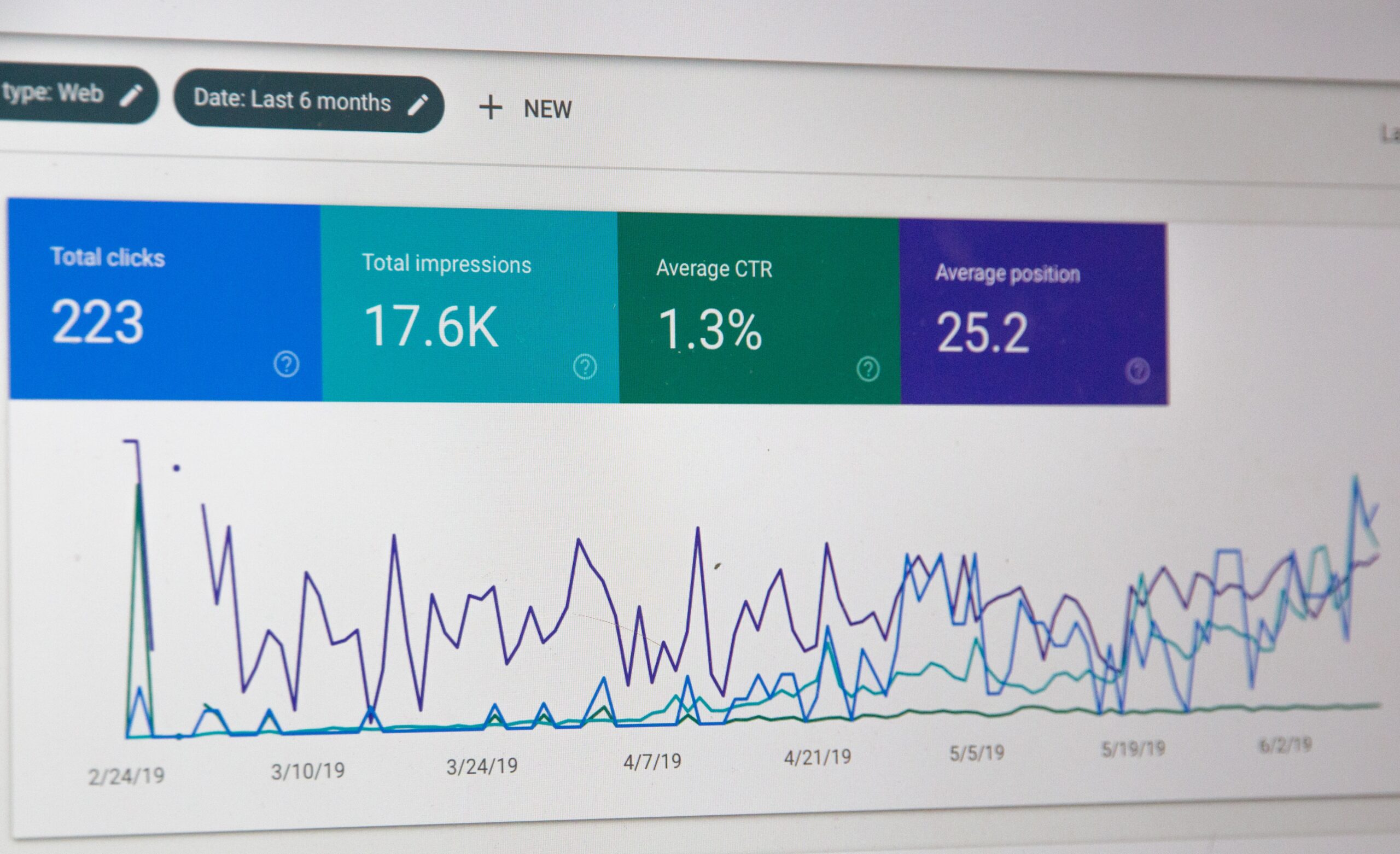How much time do you spend considering SEO when it comes to content? If you work in content creation — or you want your content to rank — then chances are, you consider it a lot.
We trawl over keywords, agonize over density, and carefully consider metadata — and it’s worth it to tick the boxes to increase our chances of success, right?
SEO has a big part to play in content marketing — you don’t need us to tell you that. But despite the lengths we go to when optimizing our content, one aspect is often overlooked.
Enter, search intent.
Ignore search intent, and even with the best content in the world, you won’t give users what they want. Let’s dive in and explore everything you need to know.
What is search intent?
Search intent, also called user intent, is the primary goal someone has when searching on Google (or any other search engine). The better your content can match the search intent of a potential customer, then the better chance you have of getting their eyes on your site.
Let’s say a person searches for “running shoes”. Yes, they’ll get millions of hits, but the information provided will be broad. And that makes it harder for them, the search engine user, to find the answer to their particular need.
Search intent, also called user intent, is the primary goal someone has when searching on Google (or any other search engine).
But what happens if they then plug in a more specific search term? “Best running shoes for track runners,” “running shoe reviews,” “Nike running shoes,” or “buy running shoes online.”
These are long-tail examples of how users search for the most valuable information for them.
What are the different types of search intent?
Broadly speaking, there are four types of search intent:
Informational
An informational search is all about, yep, you guessed it, searching for information. This is usually to learn how to do something or discover how something works. For example, you’re reading this article to learn about search intent in content marketing.
Informational content is the most common on the web, and any how-to article is an example of informational content. Thinking back to our running shoes scenario, you may search for phrases such as, “Why are running shoes important?” Or “How long are running shoes supposed to last?”
Commercial
Commercial intent is where a searcher is looking to make a purchase but isn’t ready to buy yet.
For example, before buying your new running shoes, you may search for “running shoe reviews” or “best track running shoe comparison.”
Here you’re looking for extra information to reinforce your buying decision.
Transactional
Transactional searches are when a user looks to take action.
A transactional search typically includes searches such as, “best running shoes for track runners” or “buy running shoes online.” Google matches this intent by presenting shop carousels and marketplaces to satisfy transactional intent.
Navigational
Navigational intent refers to searching for a specific website.
For example, you may search “Nike” or “Adidas” when looking for running shoes.
As a content creator, this is the holy grail as it means a searcher considers you a go-to source for a product or service within your niche.
What makes search intent so important?

User intent is crucial for search engine success. According to Google’s Quality Rate Guidelines, search intent is one of the most critical factors in terms of ranking. In the guidelines, Google stresses its responsibility to display content that best matches a user’s intent.
Only the highest quality content that matches search intent will stand a chance of ranking on Google. Creating amazing content that resonates with your audience and aligns with intent is an excellent recipe for success.
How to align your content with search intent
Conduct a SERPs analysis
First, conduct a search engine results page (SERP) analysis. In short, this means analyzing the content Google rewards with the top spots.
With such an abundance of content for any given term, Google has a great handle on what content to reward with the top spots to match the intent, so by analyzing this, you see what you need to create for a particular term.
You can also match user intent by looking at the related questions section on any SERPs.
These questions are important, as they allow you to speak directly to a potential customer and help with their queries. You can use these questions in your content: in your H2 headers or FAQs page, for example.
Analyze each search result
Next, it’s time to spy on your competitors and check out the thoroughness of their pages.
The content taking the top spots is there for a reason, so doing a competitor analysis and seeing what they have included in their content will provide valuable insights.
Create competitive content
Competitor analysis shows what you must include in your content in order to meet the search intent. However, you shouldn’t simply copy what your competitor has done. Content that provides the same value as an existing piece is unlikely to knock it off its perch.
To create a point of difference, you need to level up (or ‘skyscrape’) against today’s top-ranking content. Analyze what the content in SERPs 1, 2, and 3 do, take inspiration, and create an excellent resource that blows your competition out of the water.
And remember, it all starts with search intent.
Best practices to match search intent
So which best practices should you follow to match search intent?
- Analyze intent
- Match existing metadata
- Analyze the competition
- Create content to match the intent, and beat your competitors
- Use the related search questions in your content
- Create high-quality content only.
Creating high-quality content to satisfy search intent is the only way to perform well on Google and give searchers what they want. Google and content creators must serve searchers by helping them find what they want quickly and effectively.
Looking to strike the perfect balance of high-quality content that users want? Get in touch with the team at Scribly today. We have the knowledge and experience to help you get it right.




